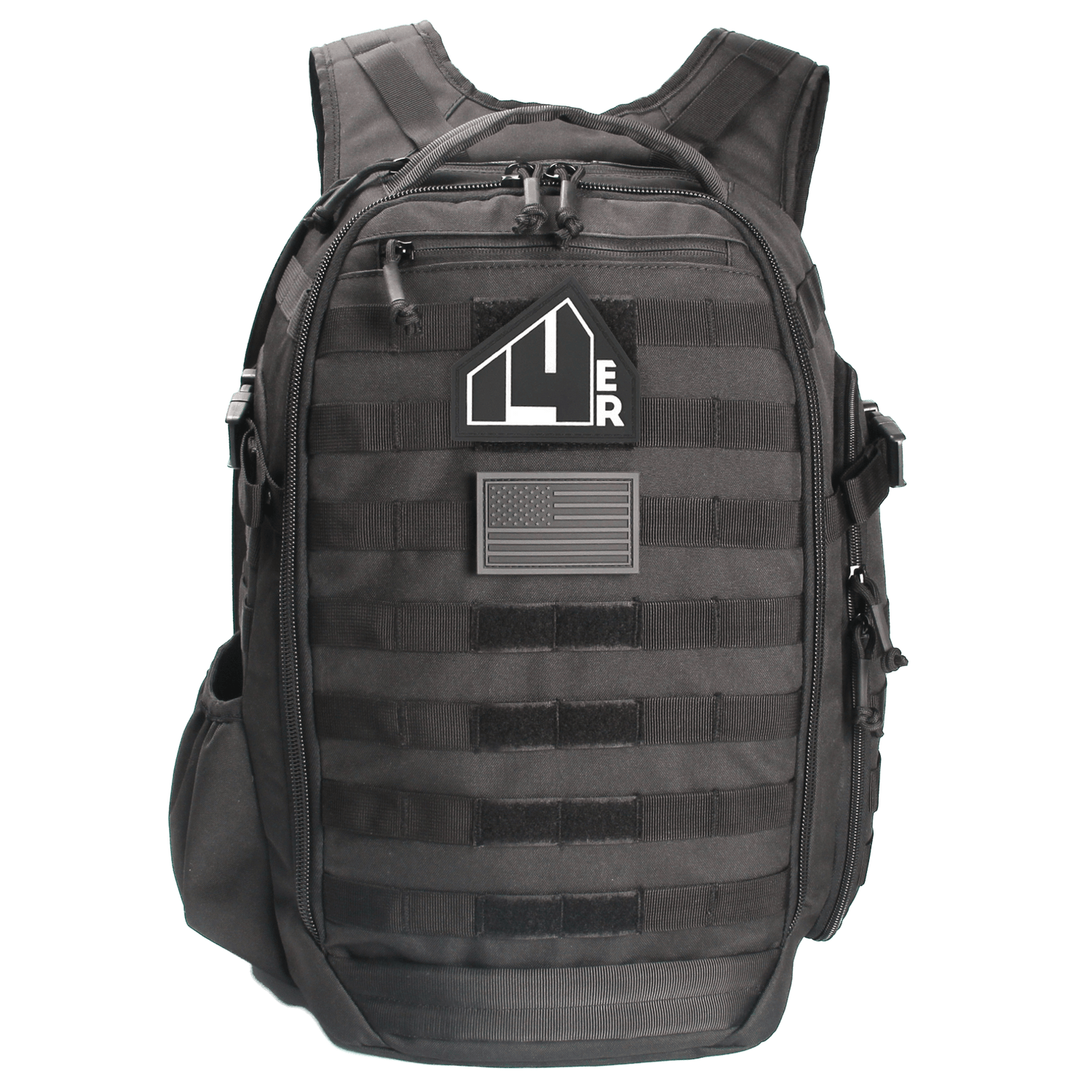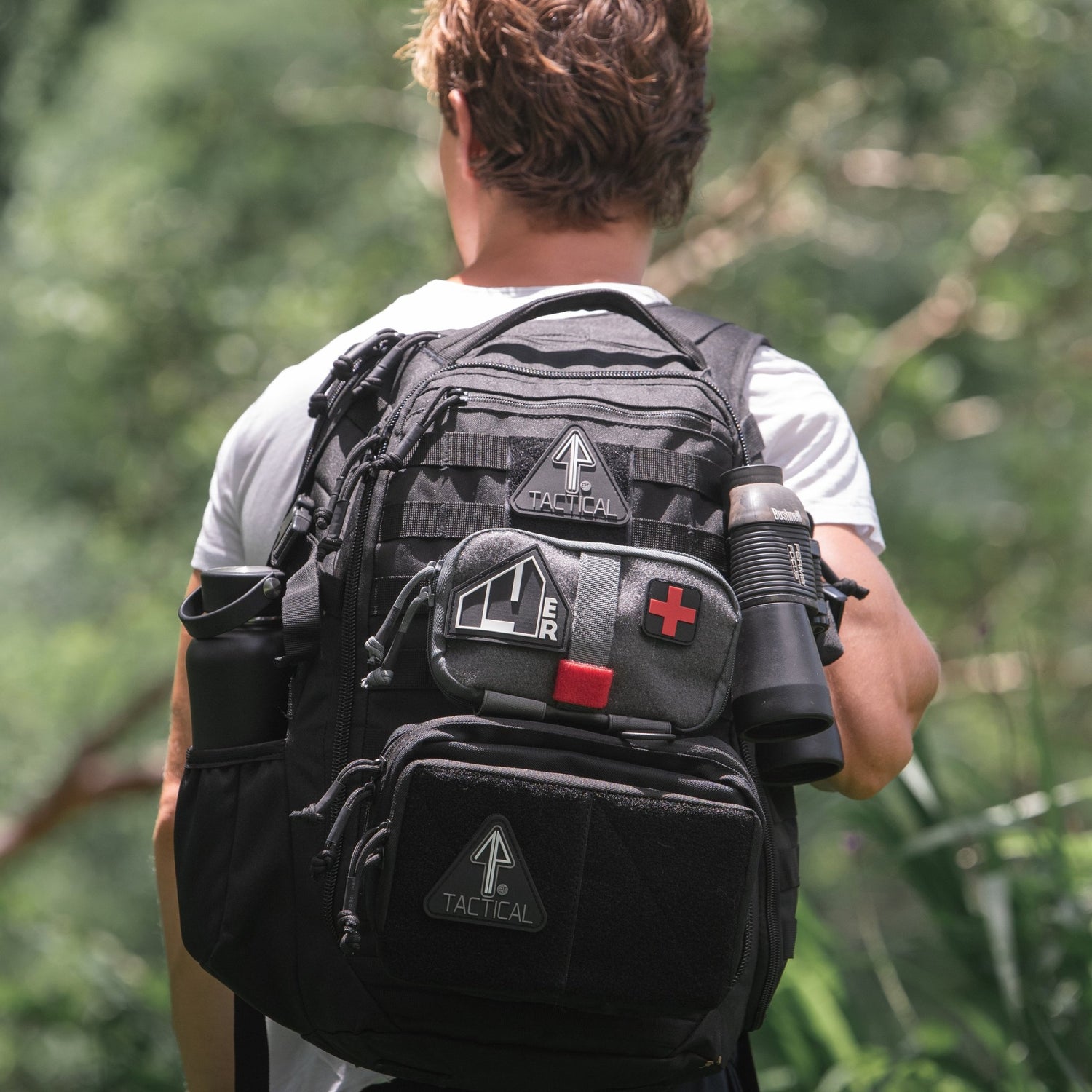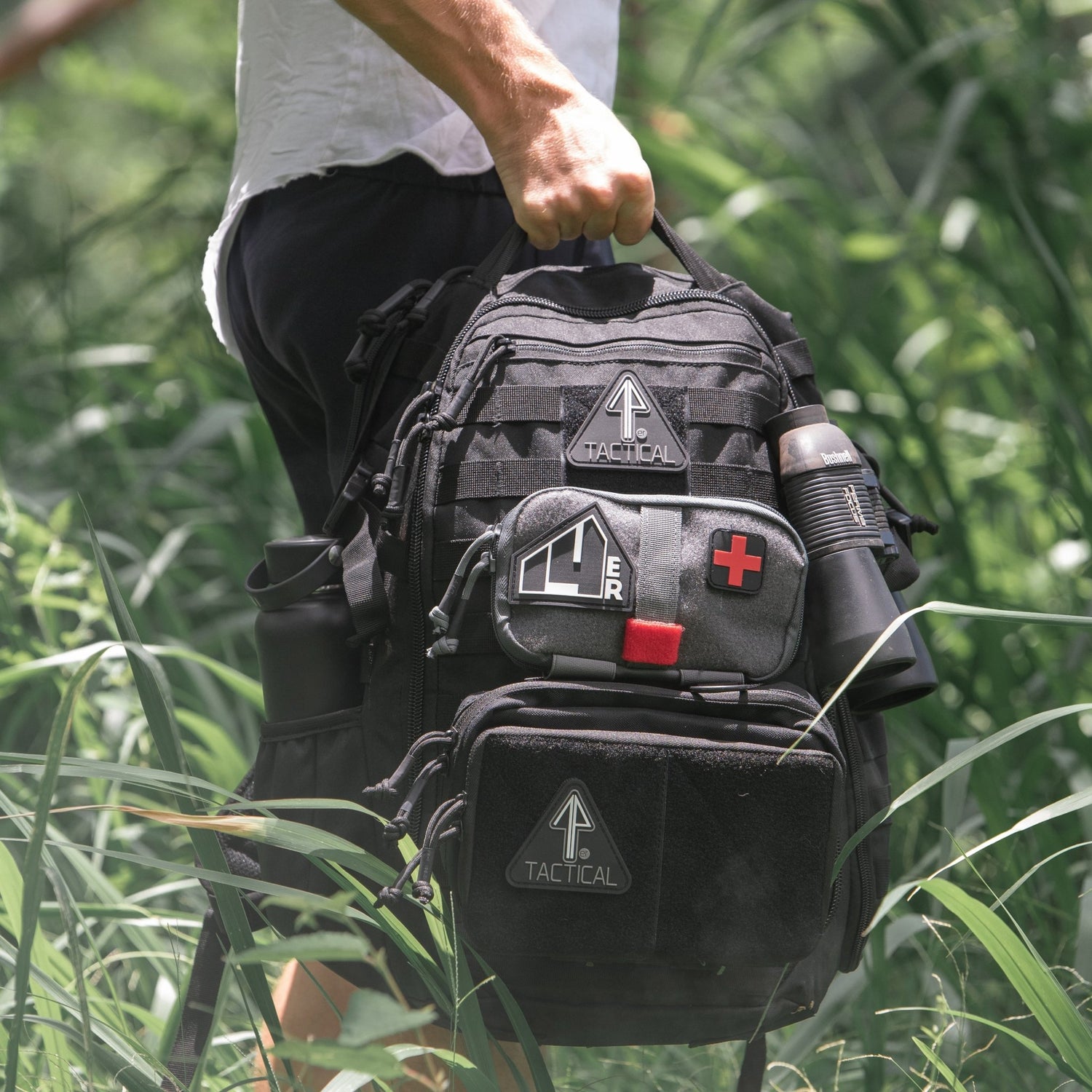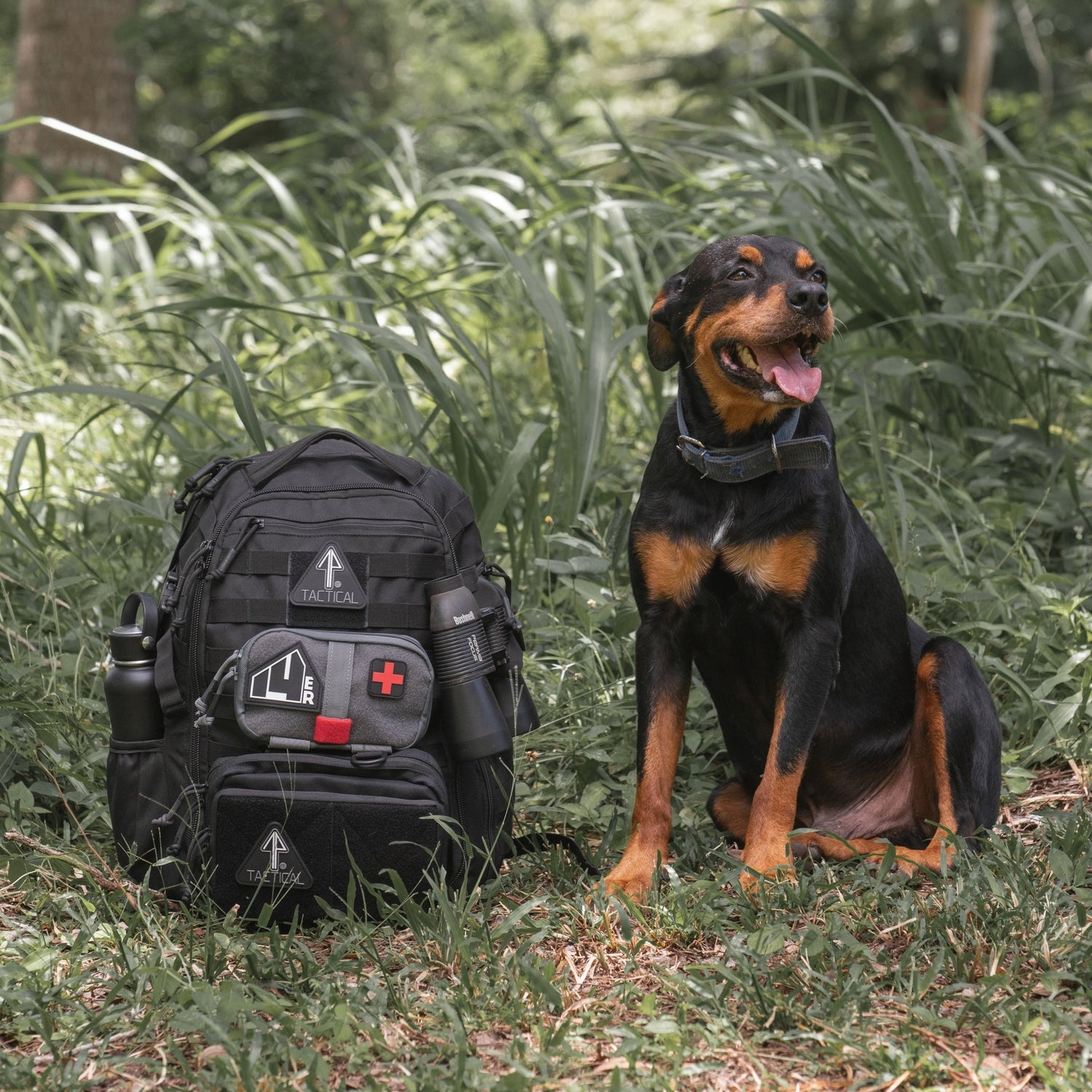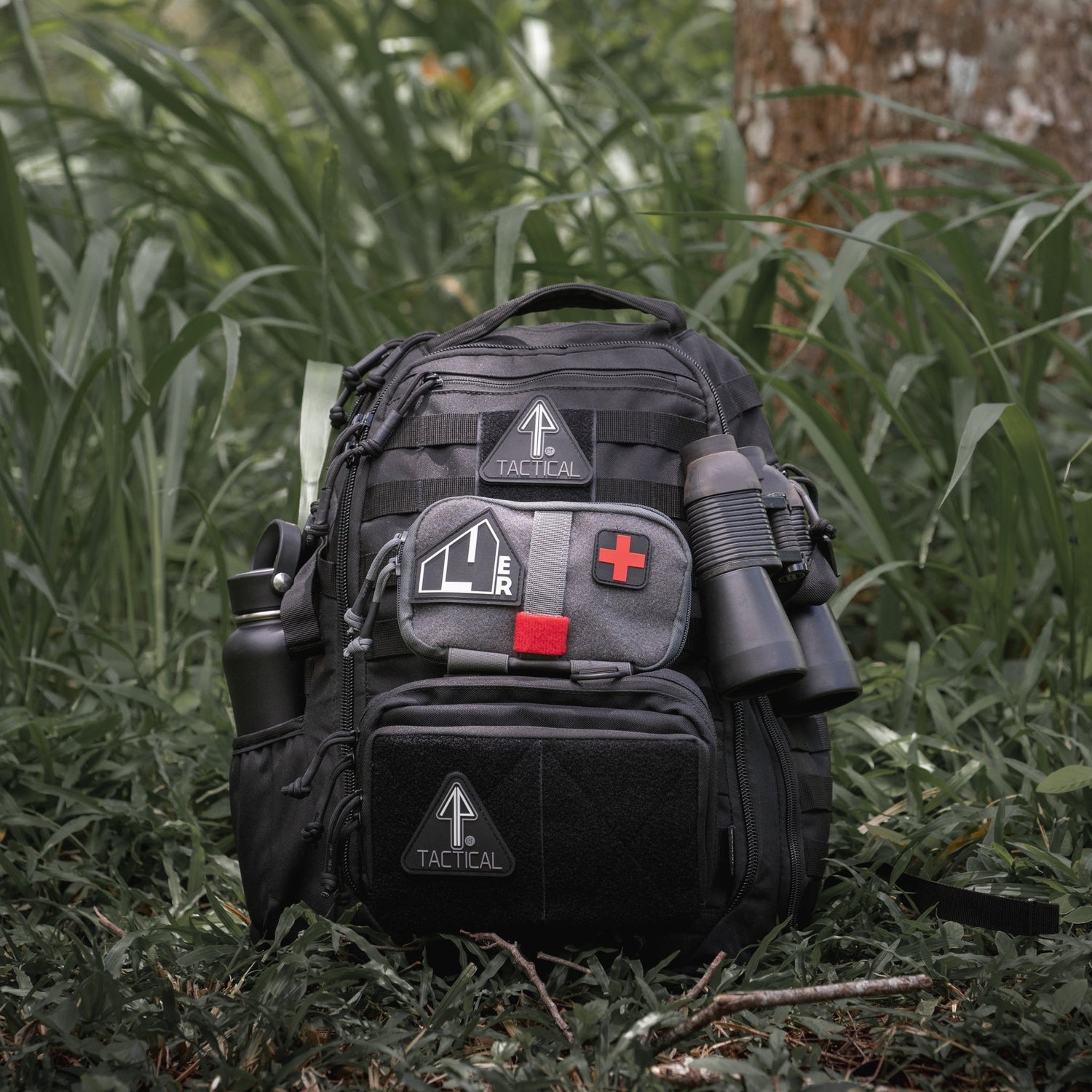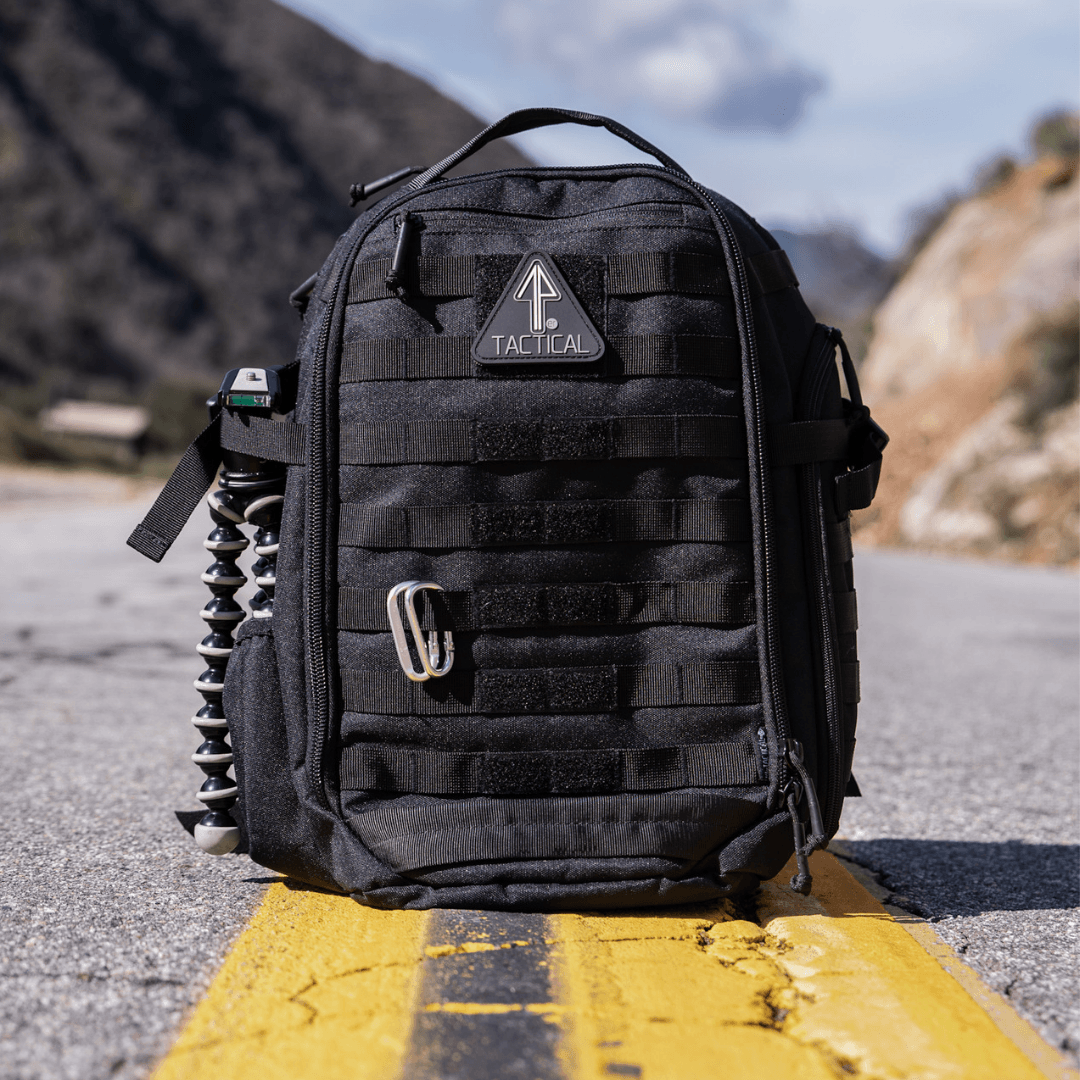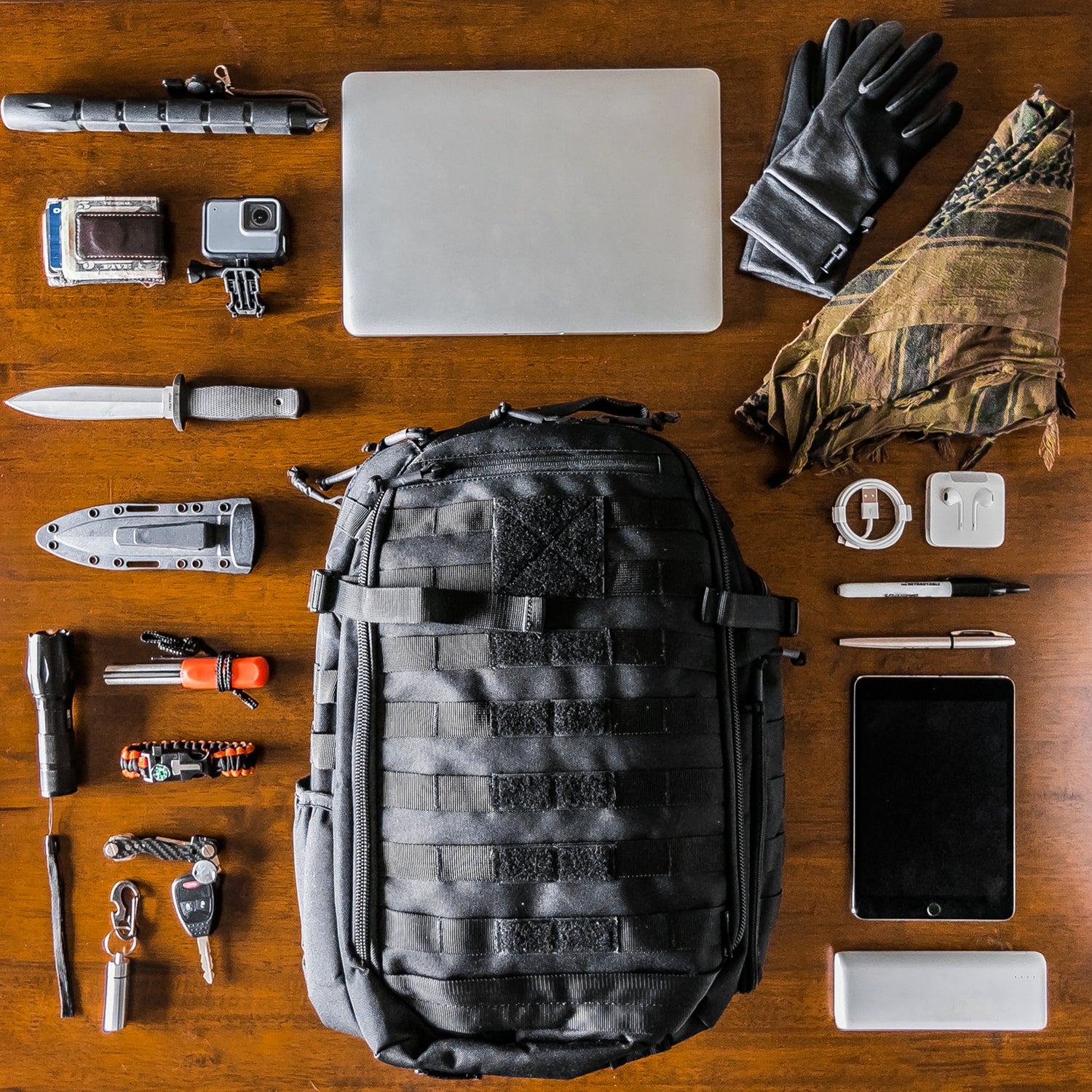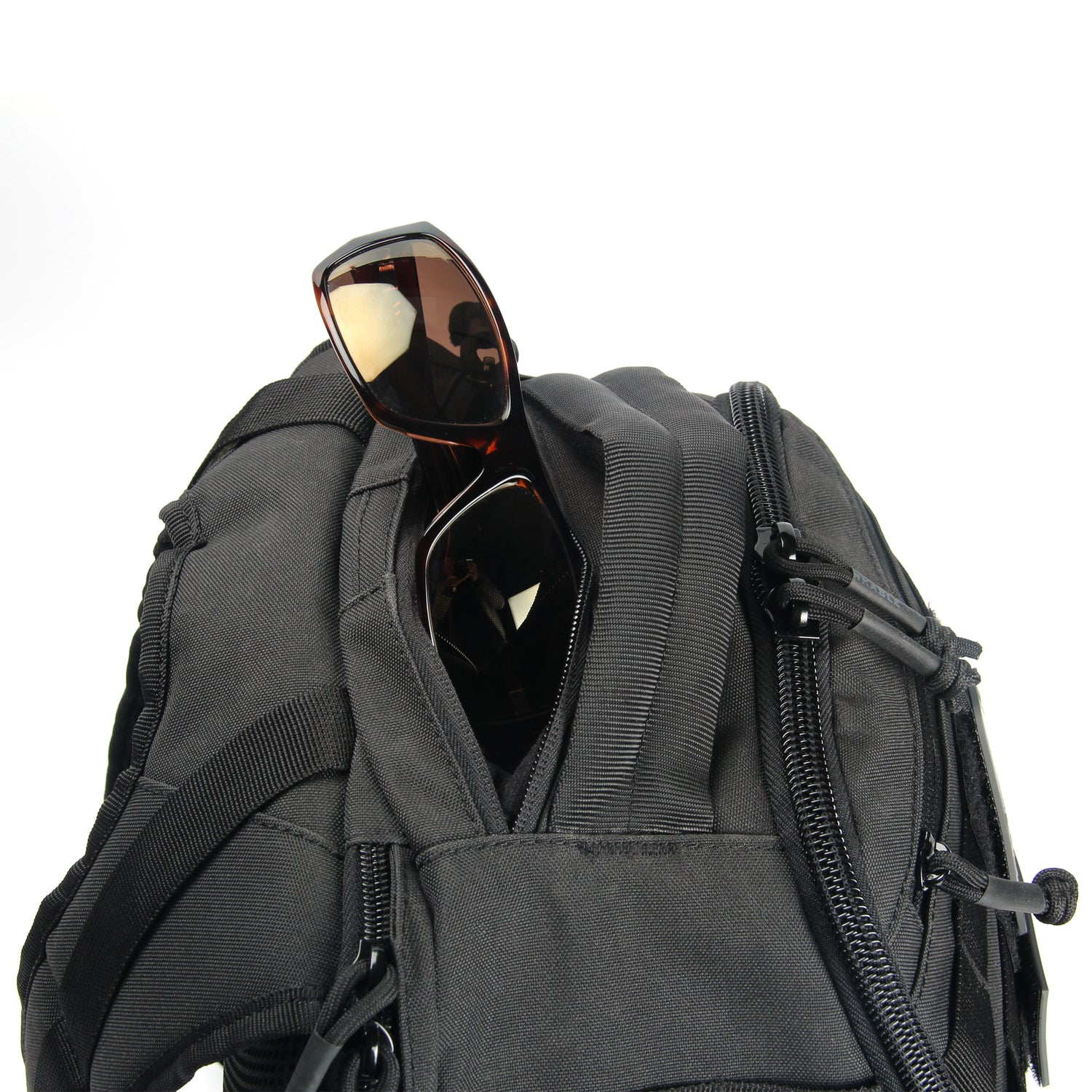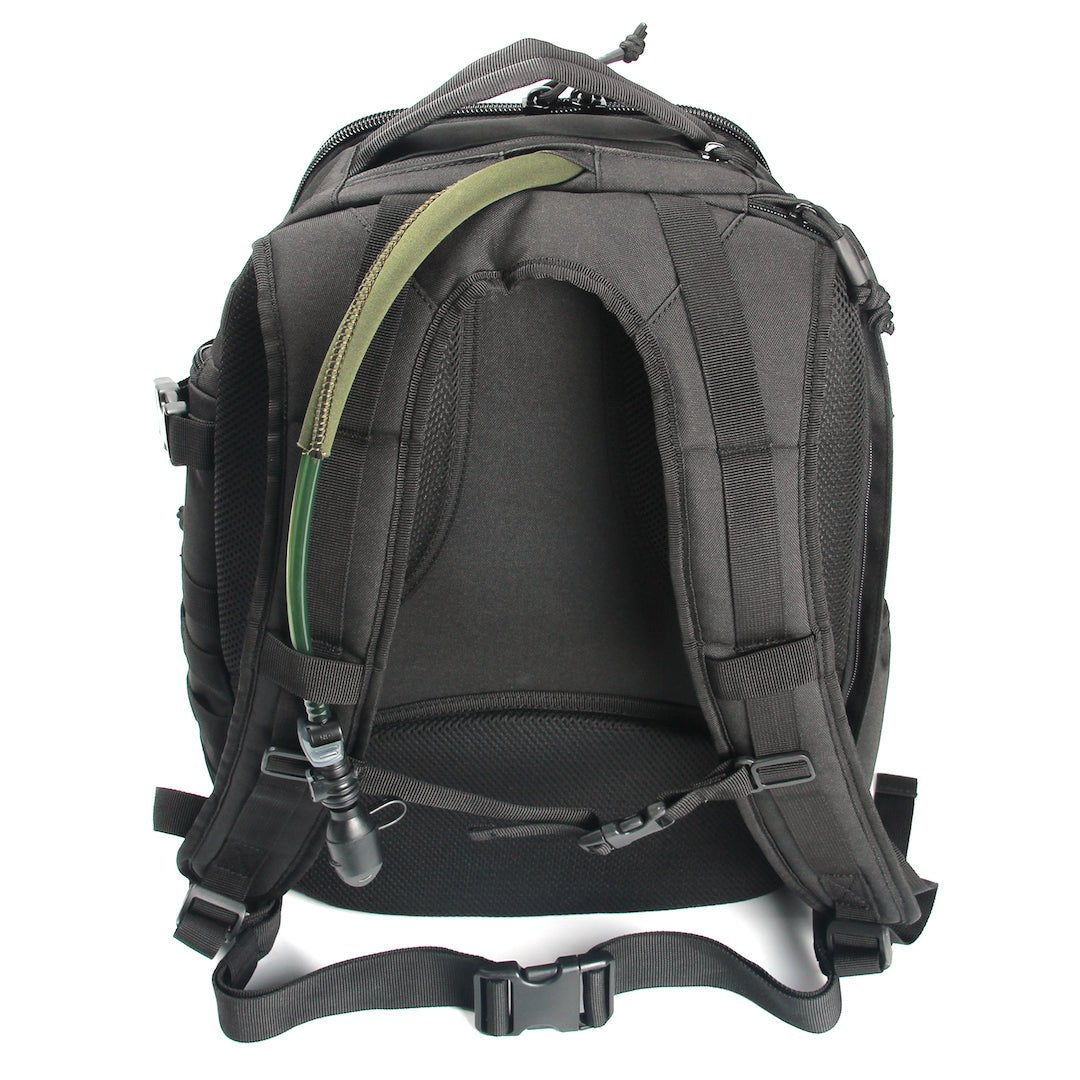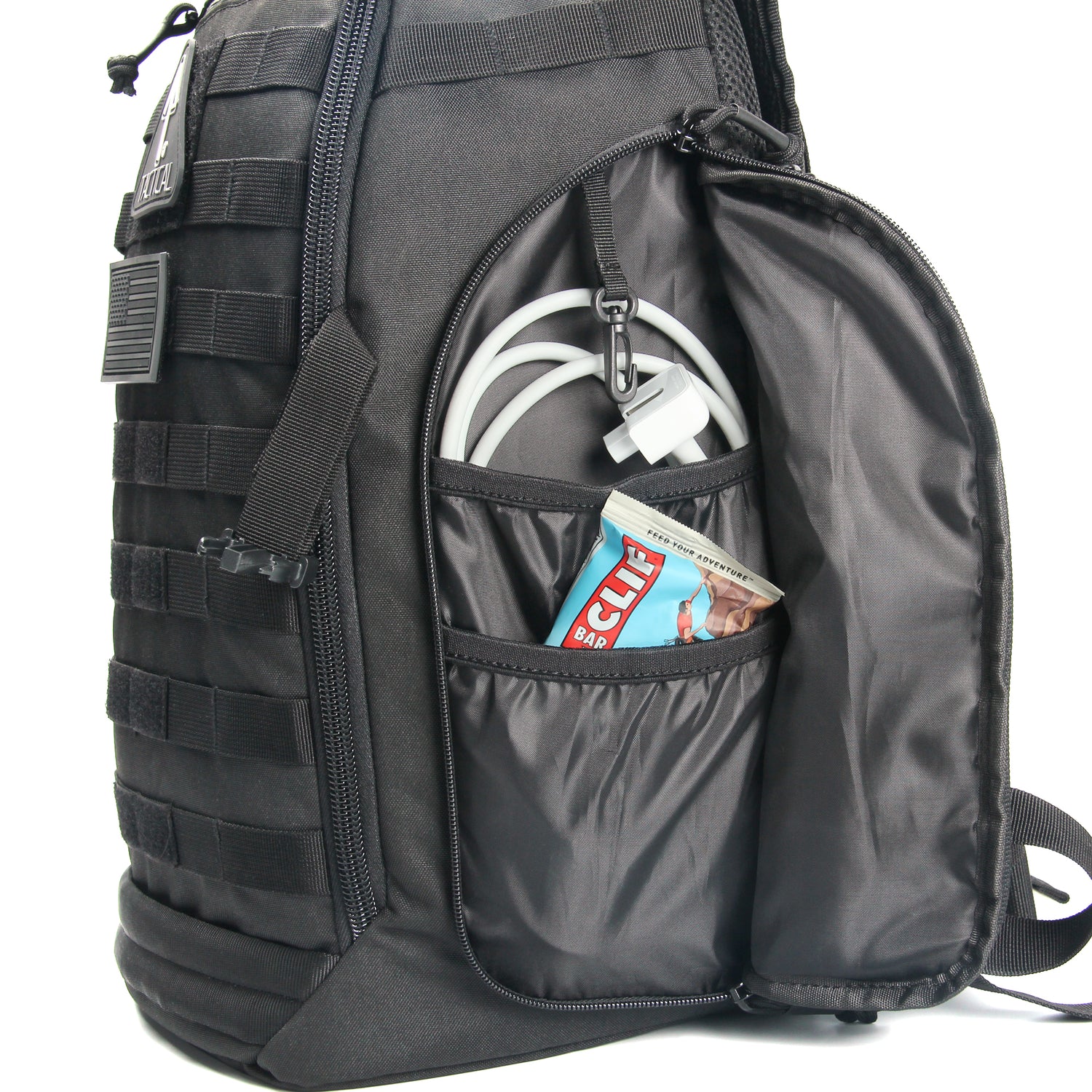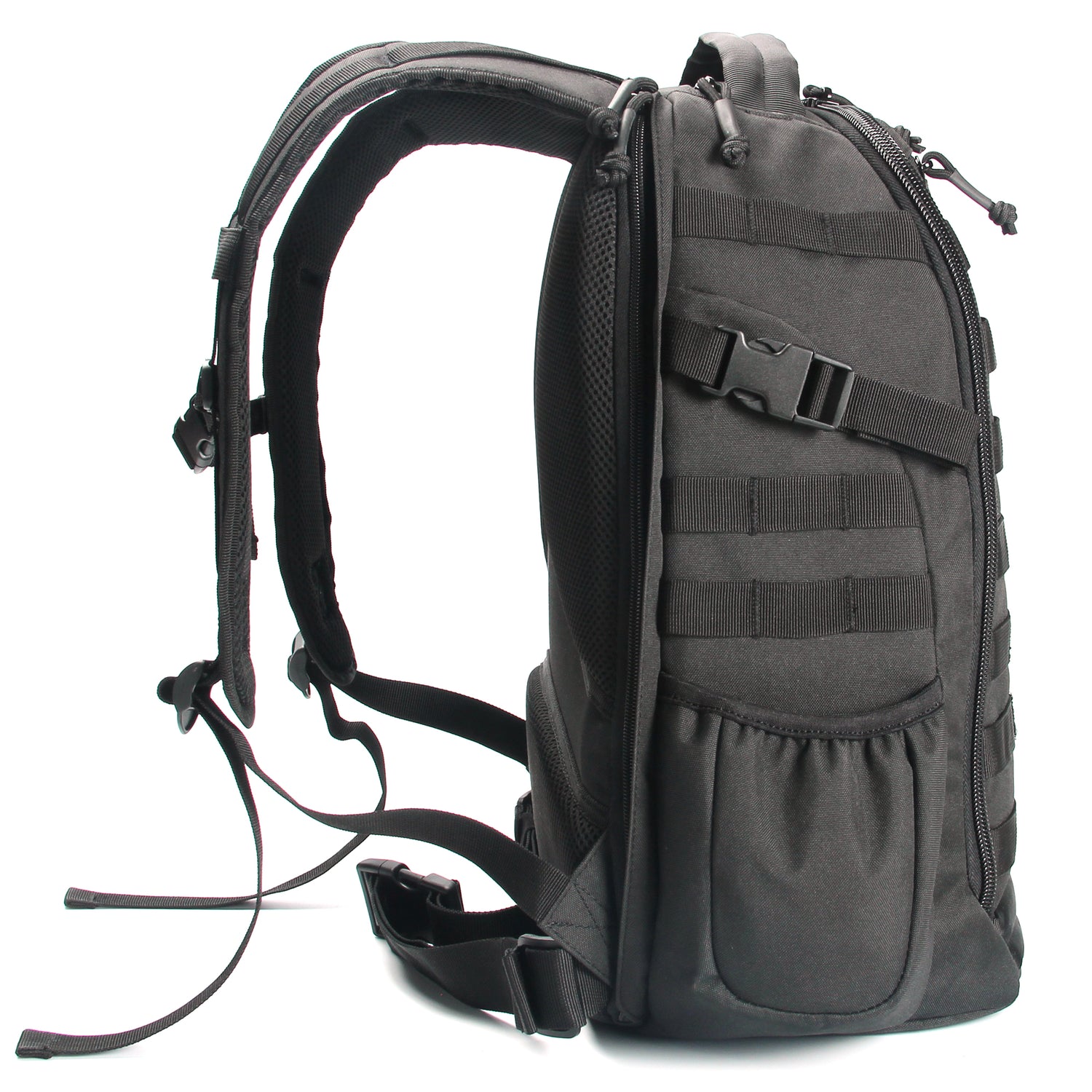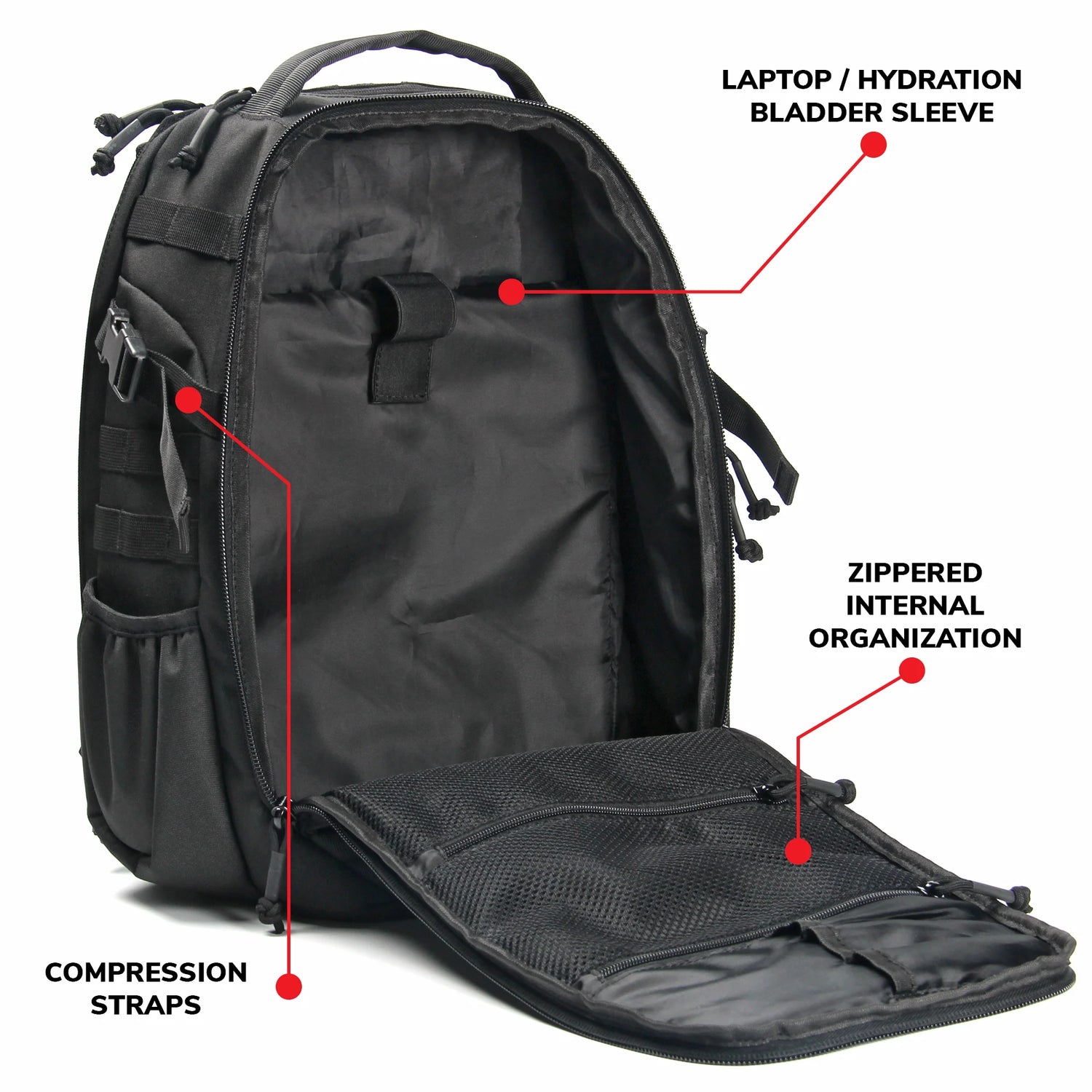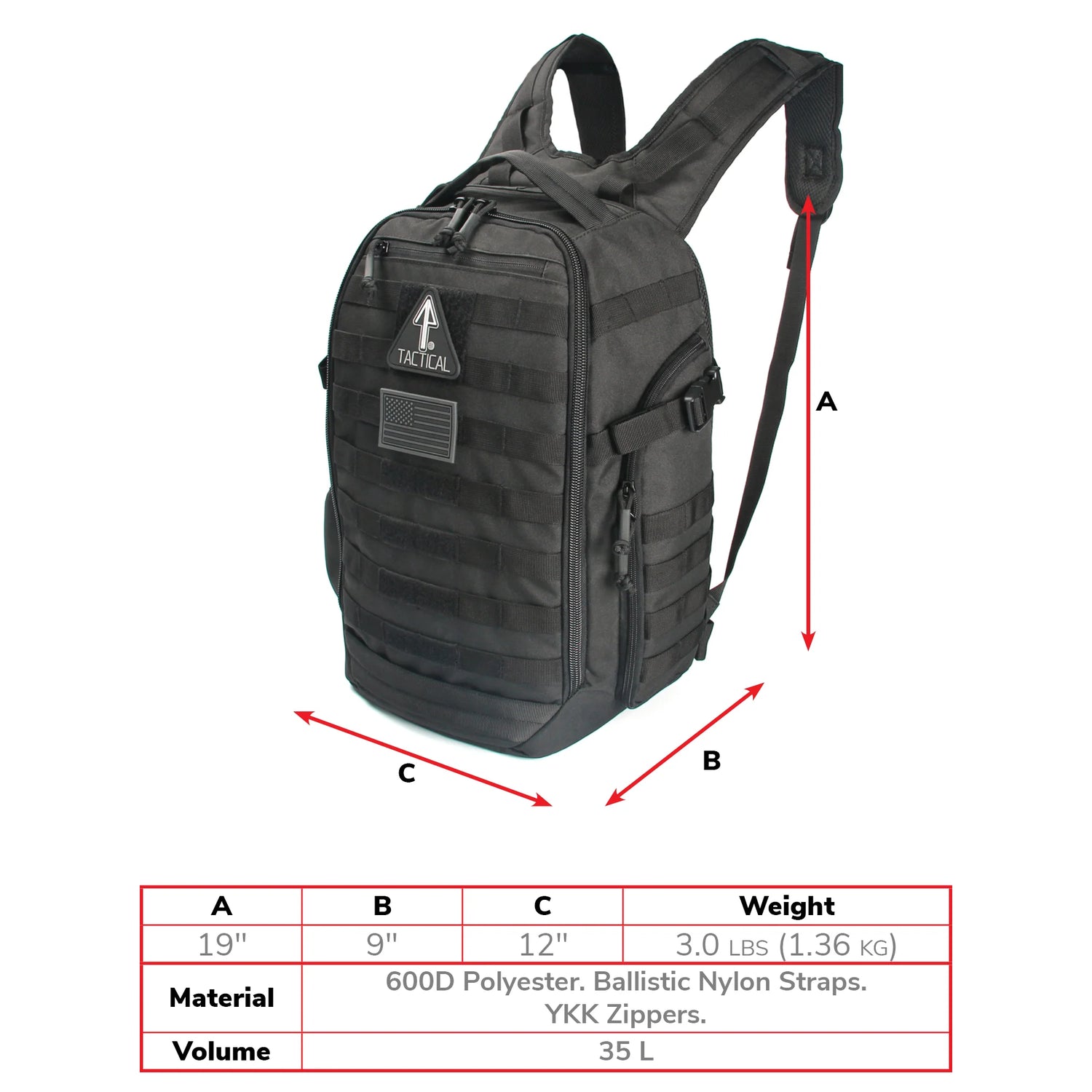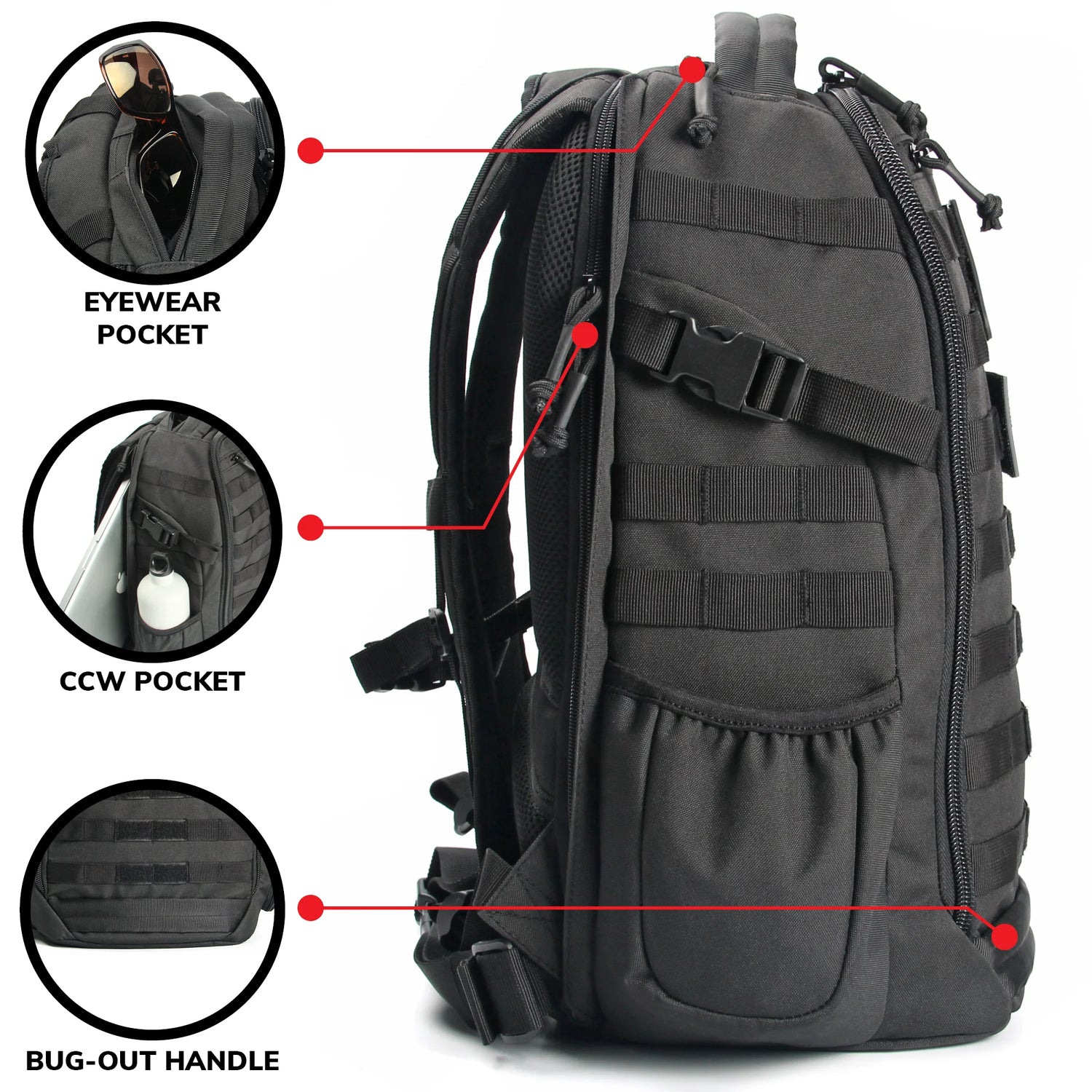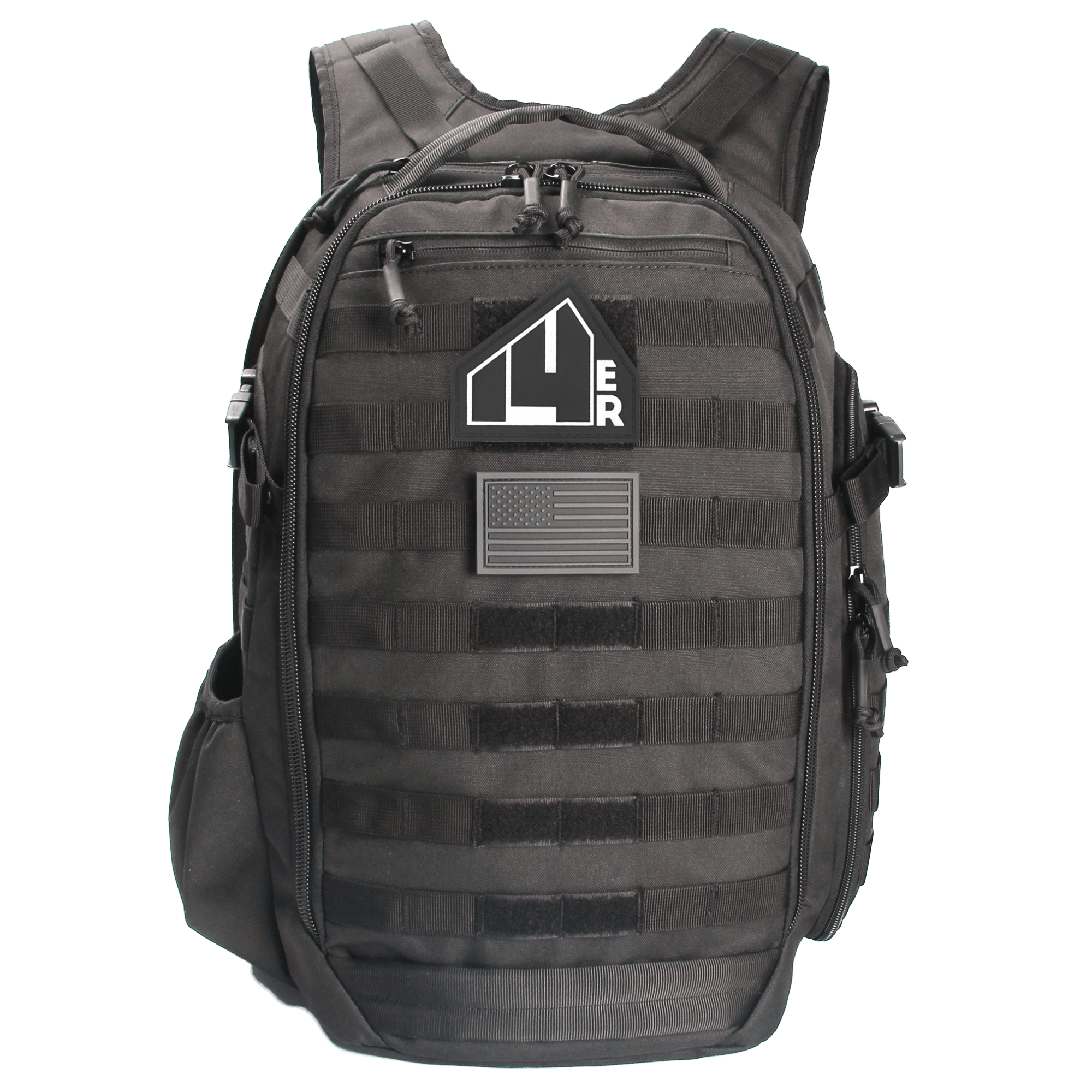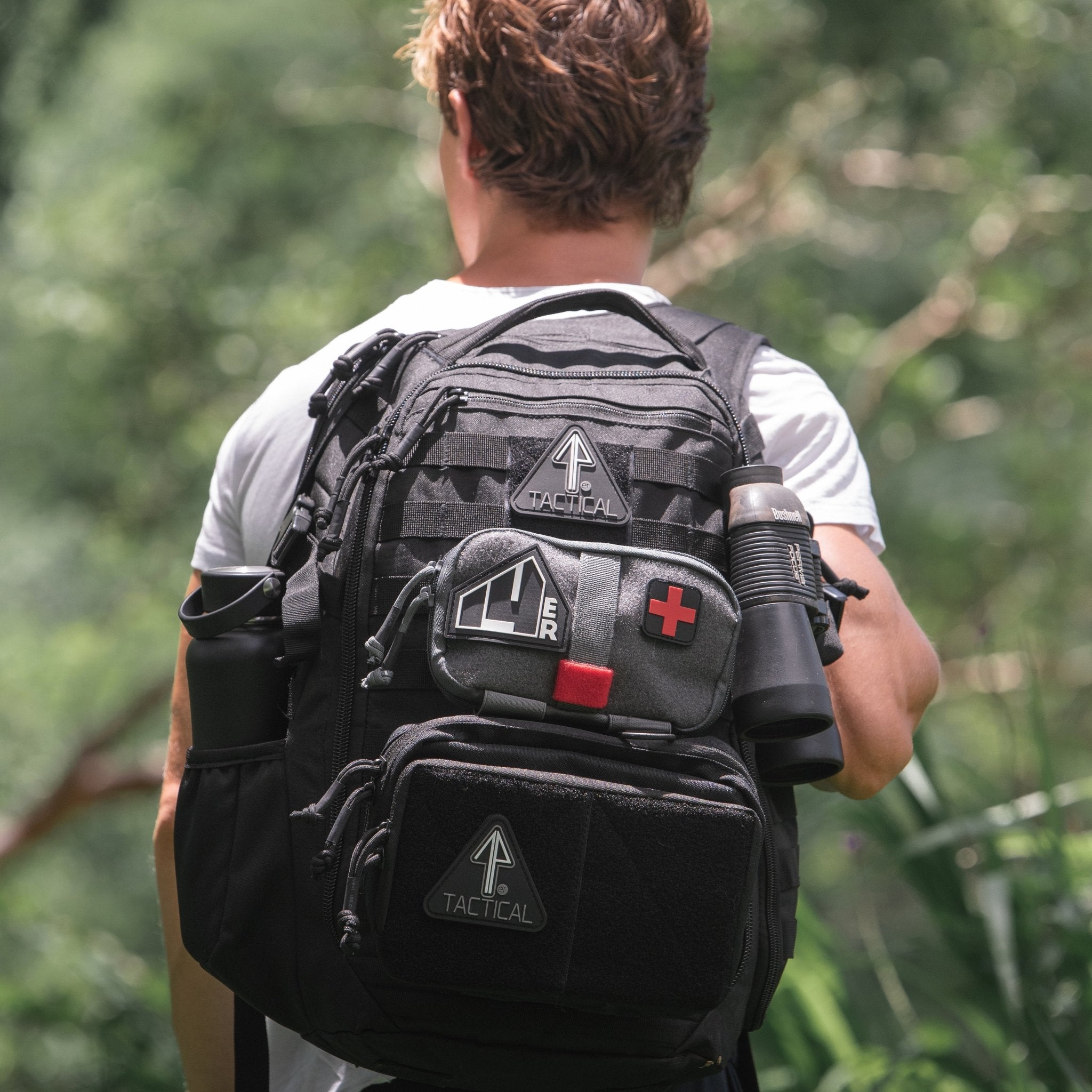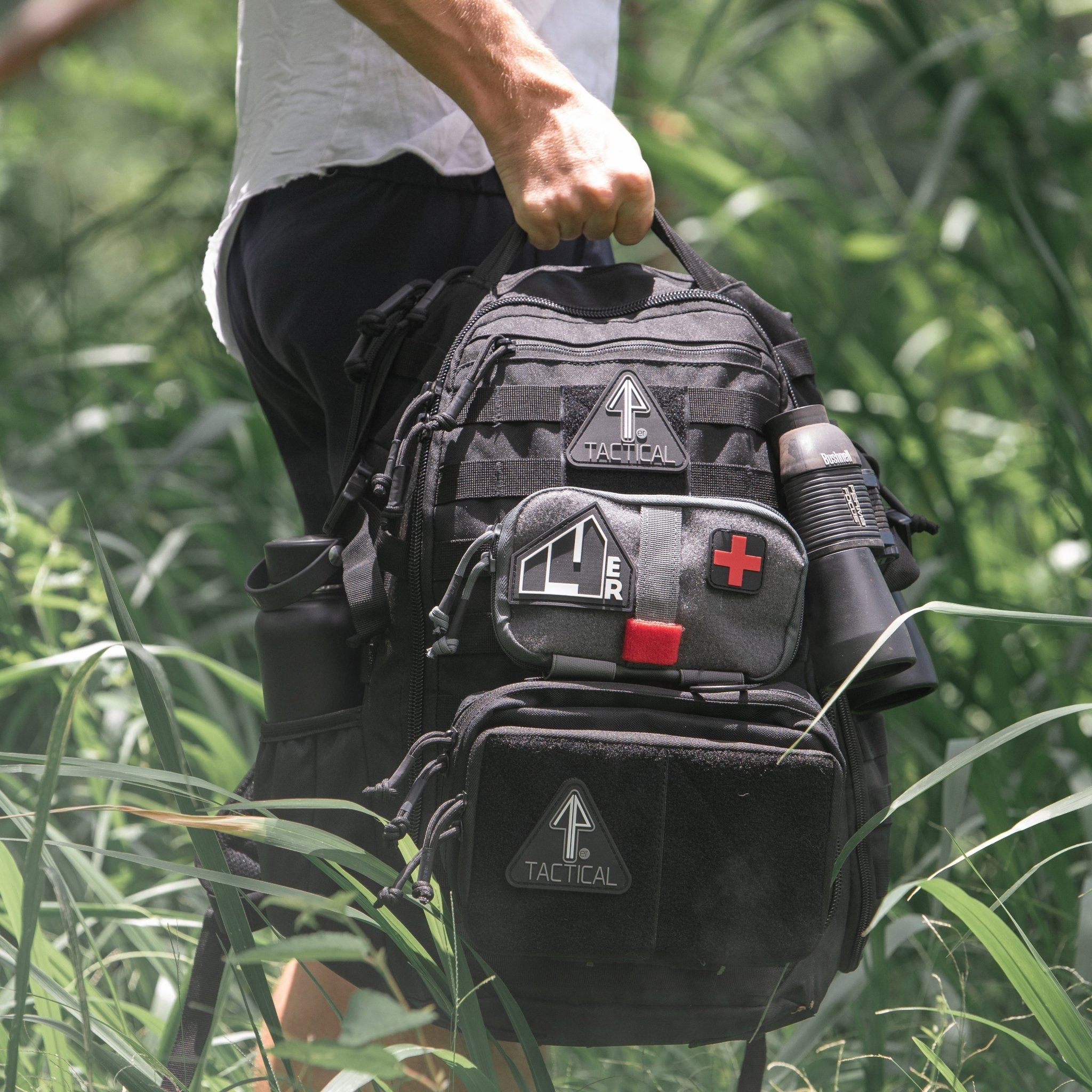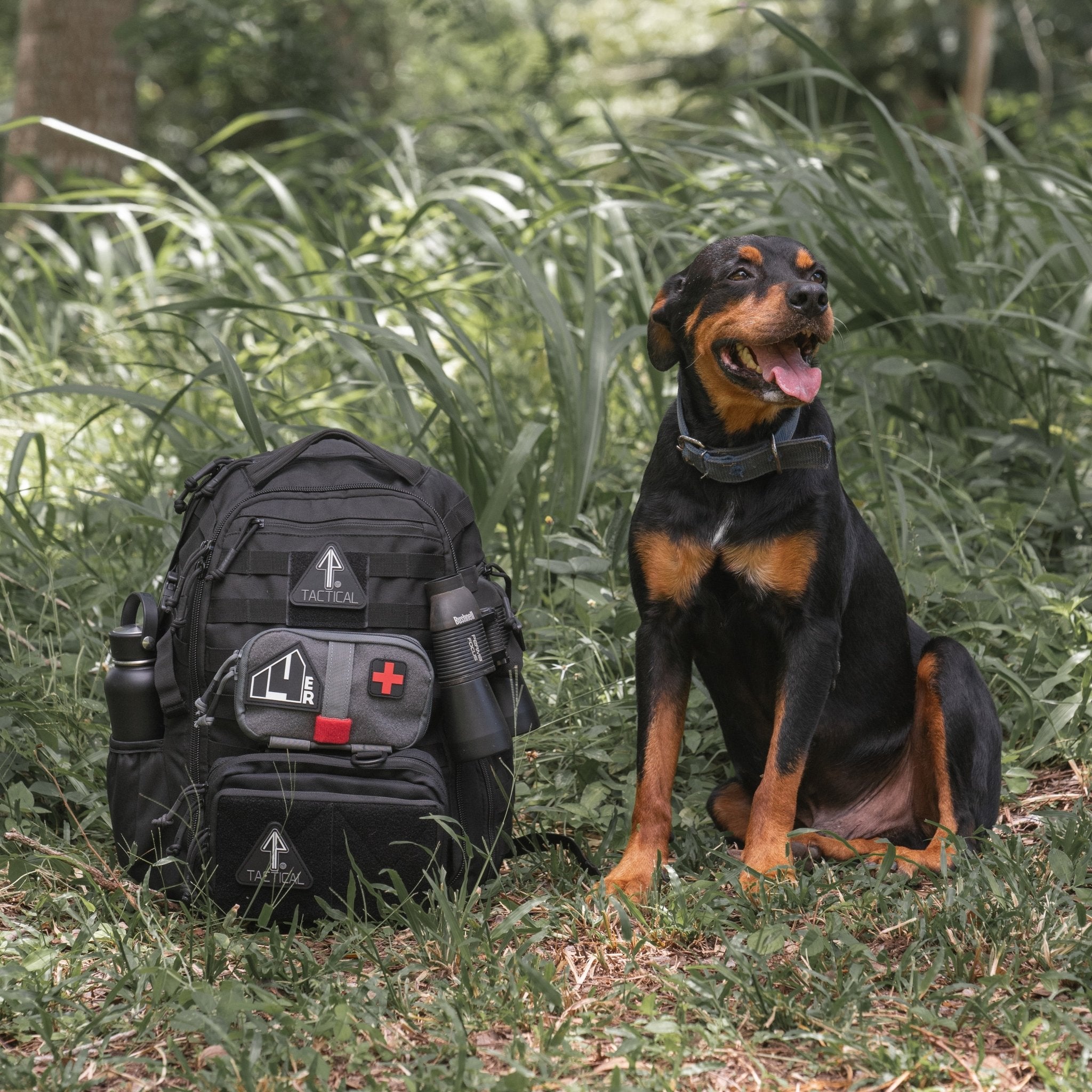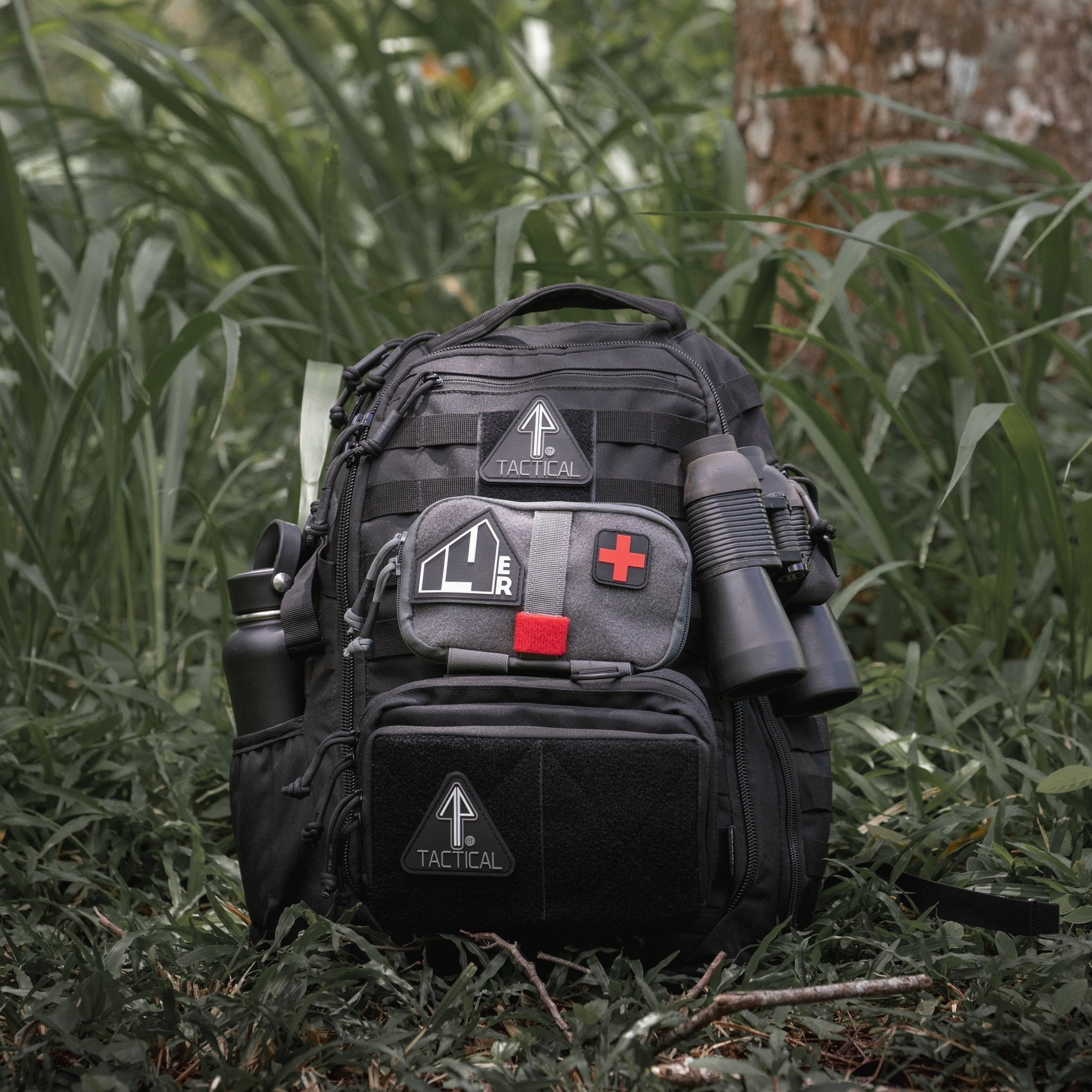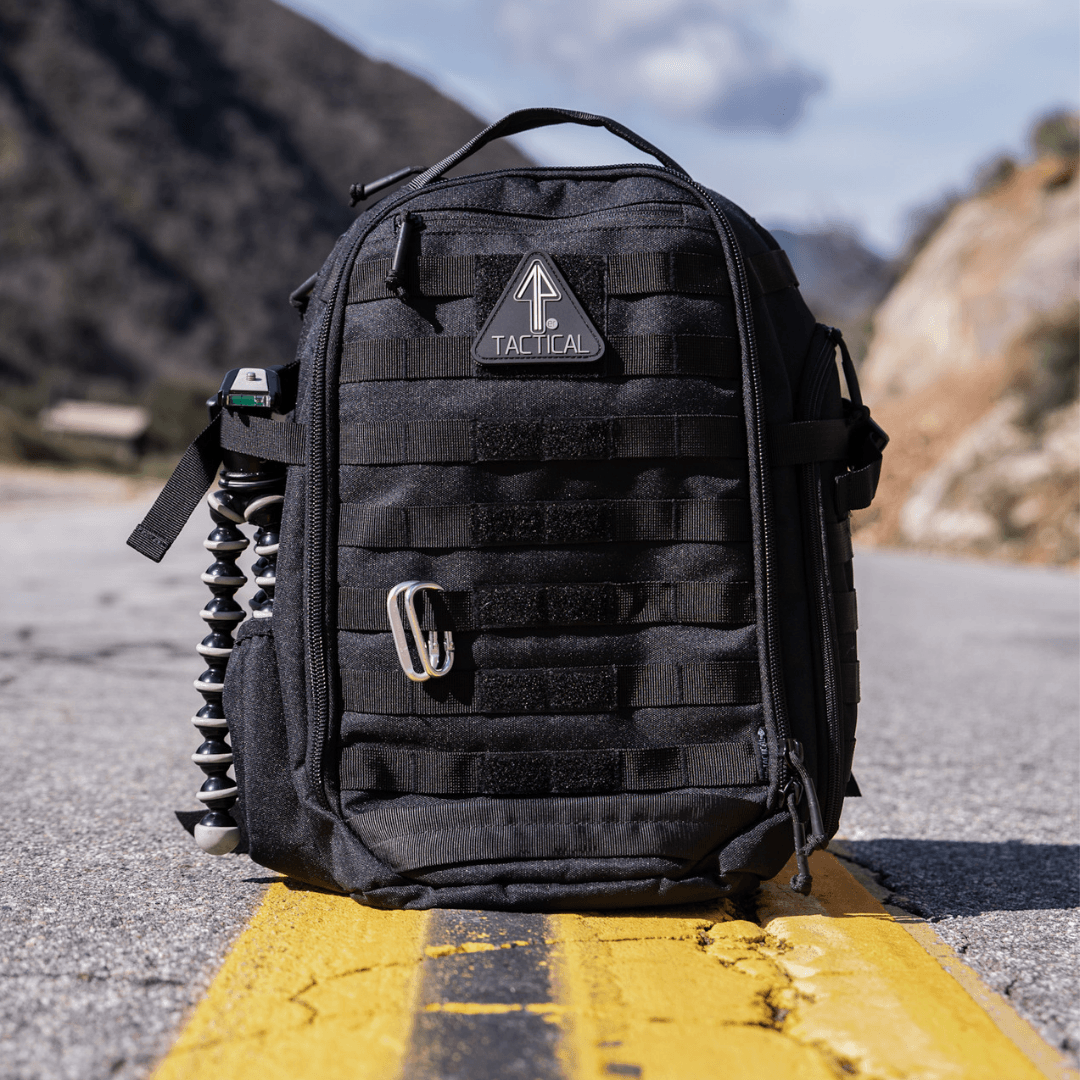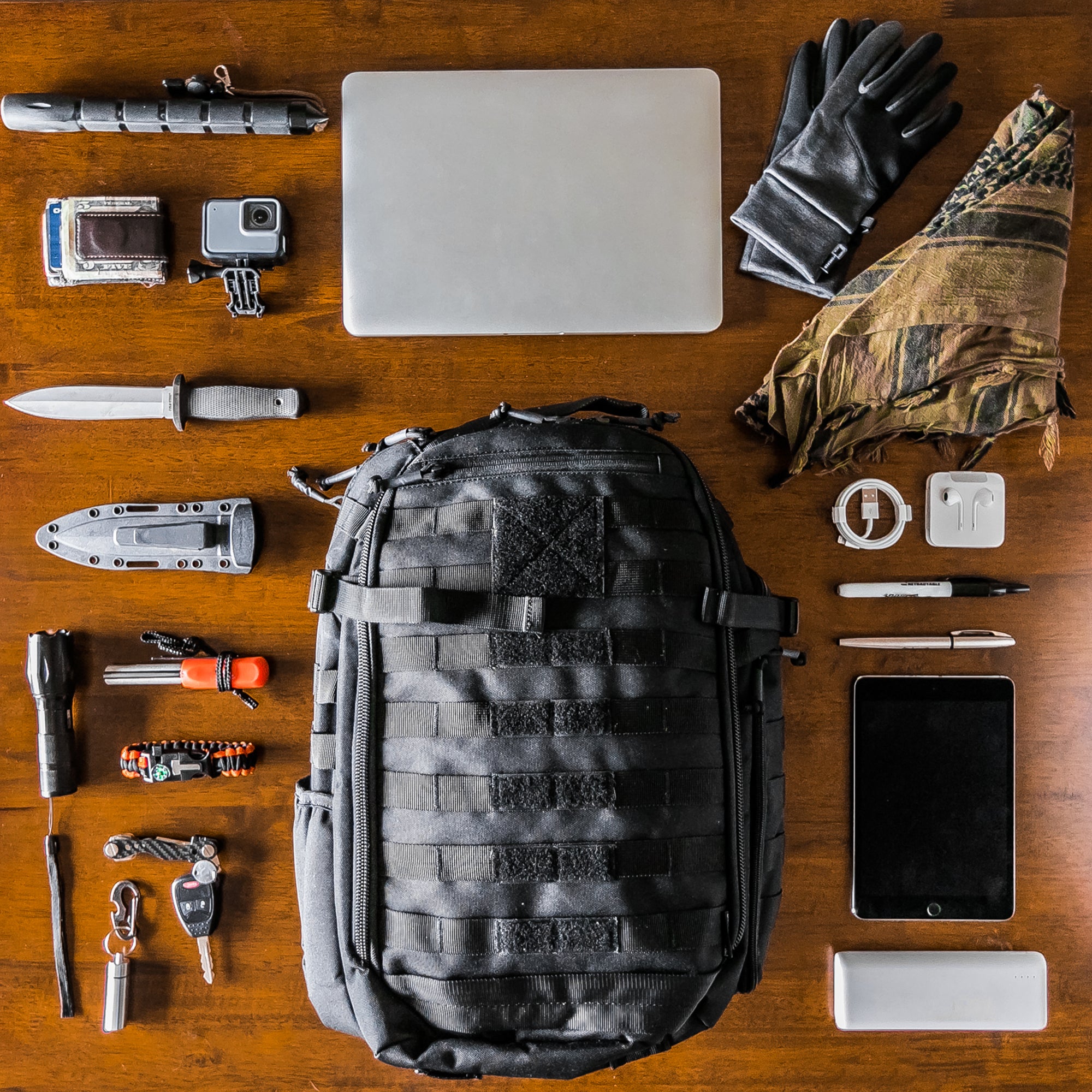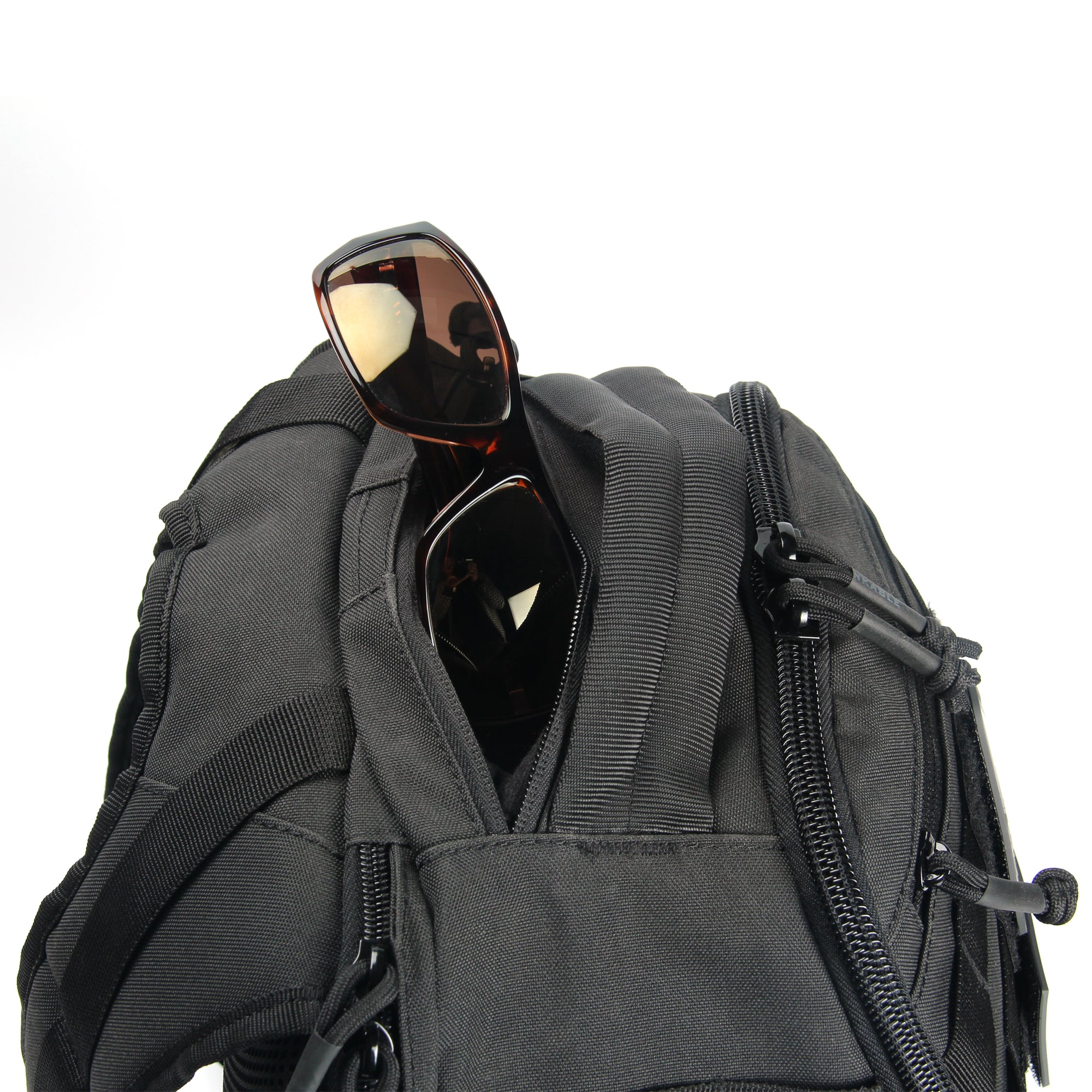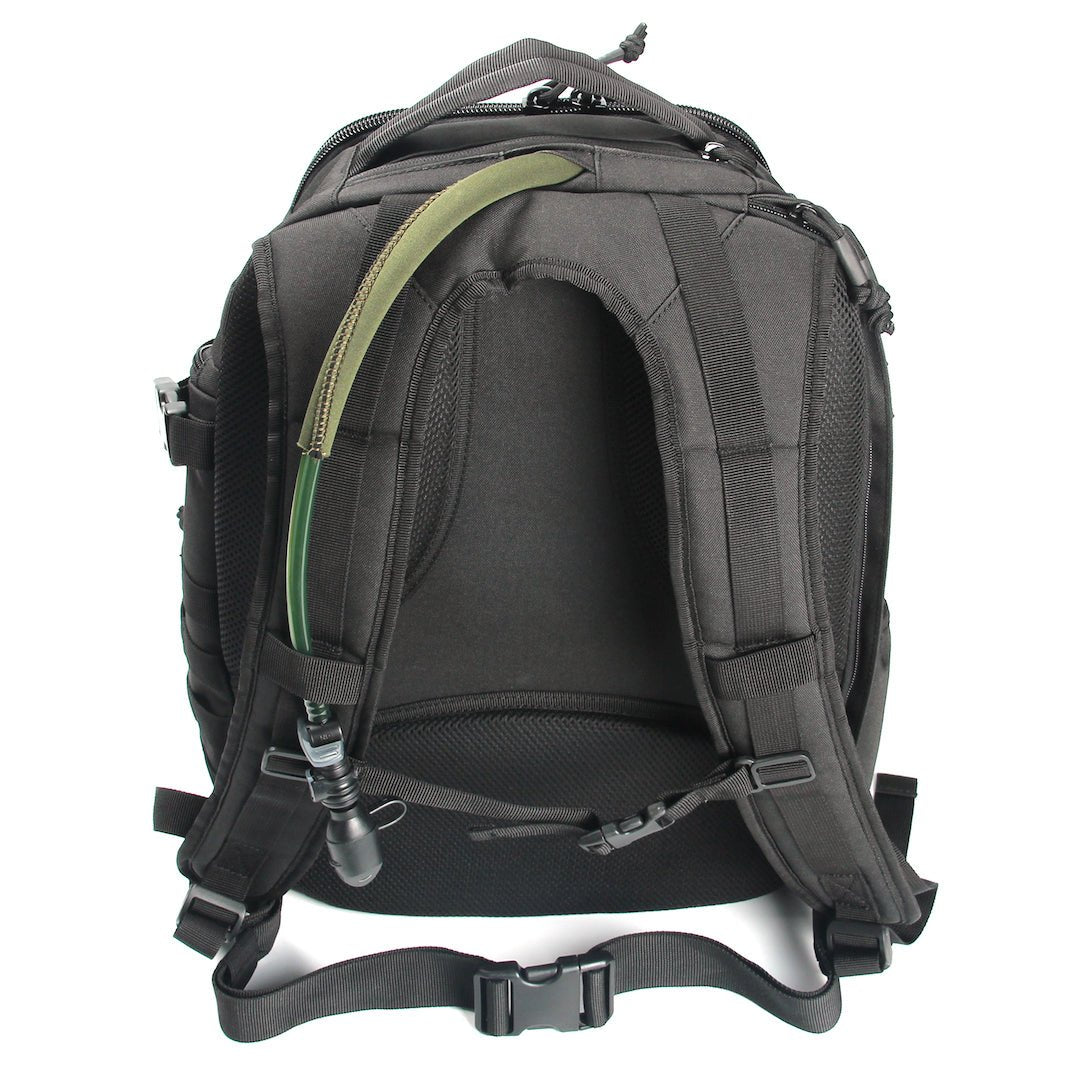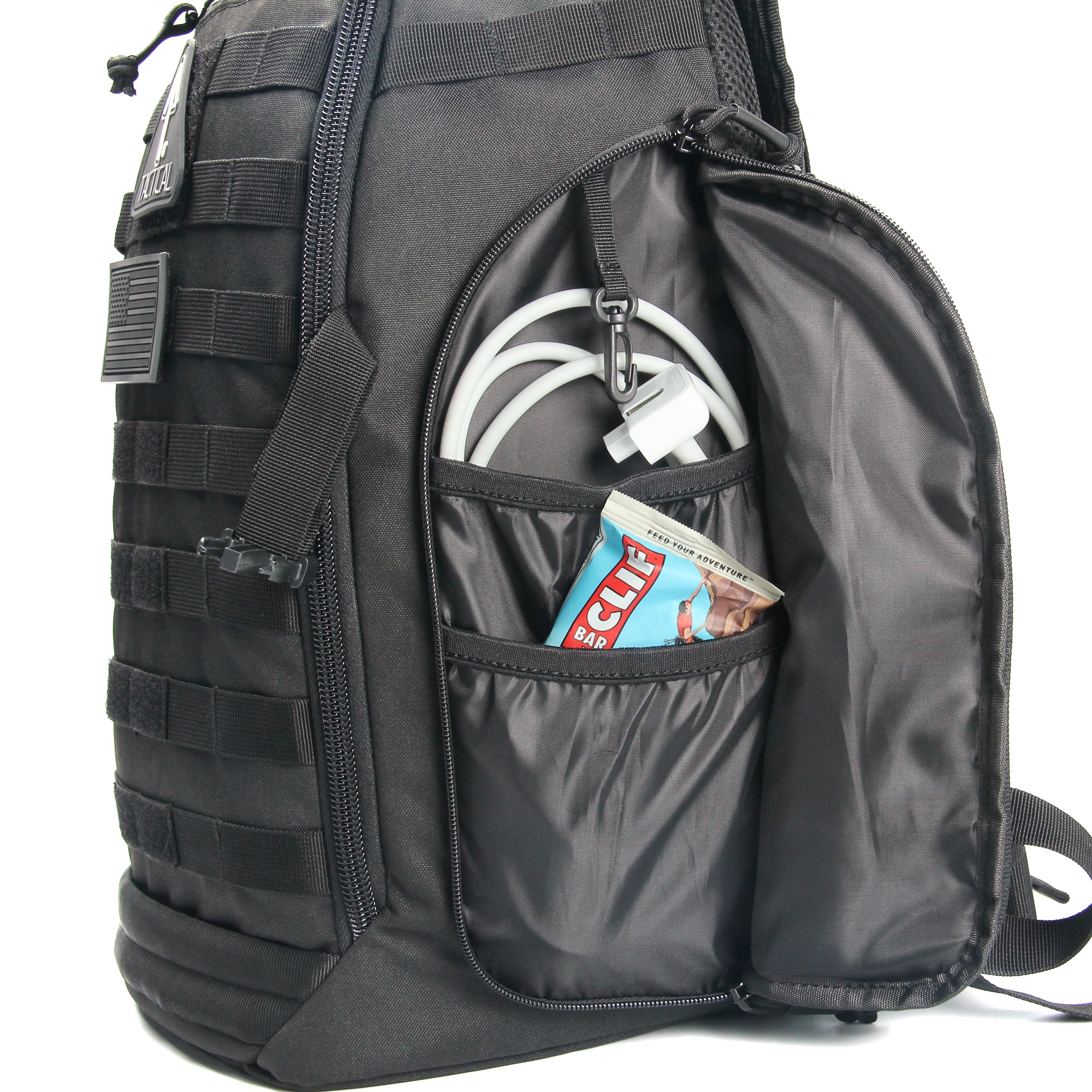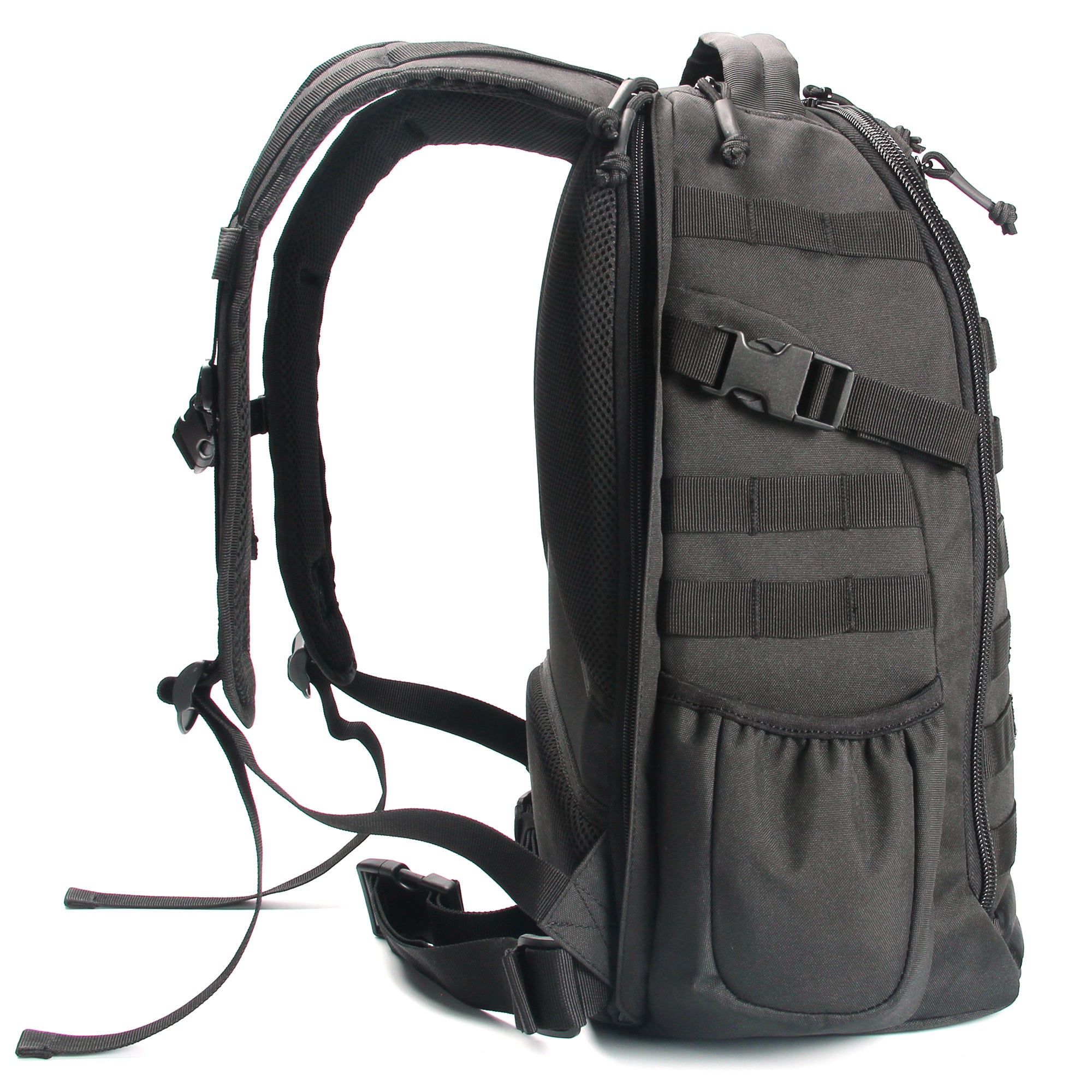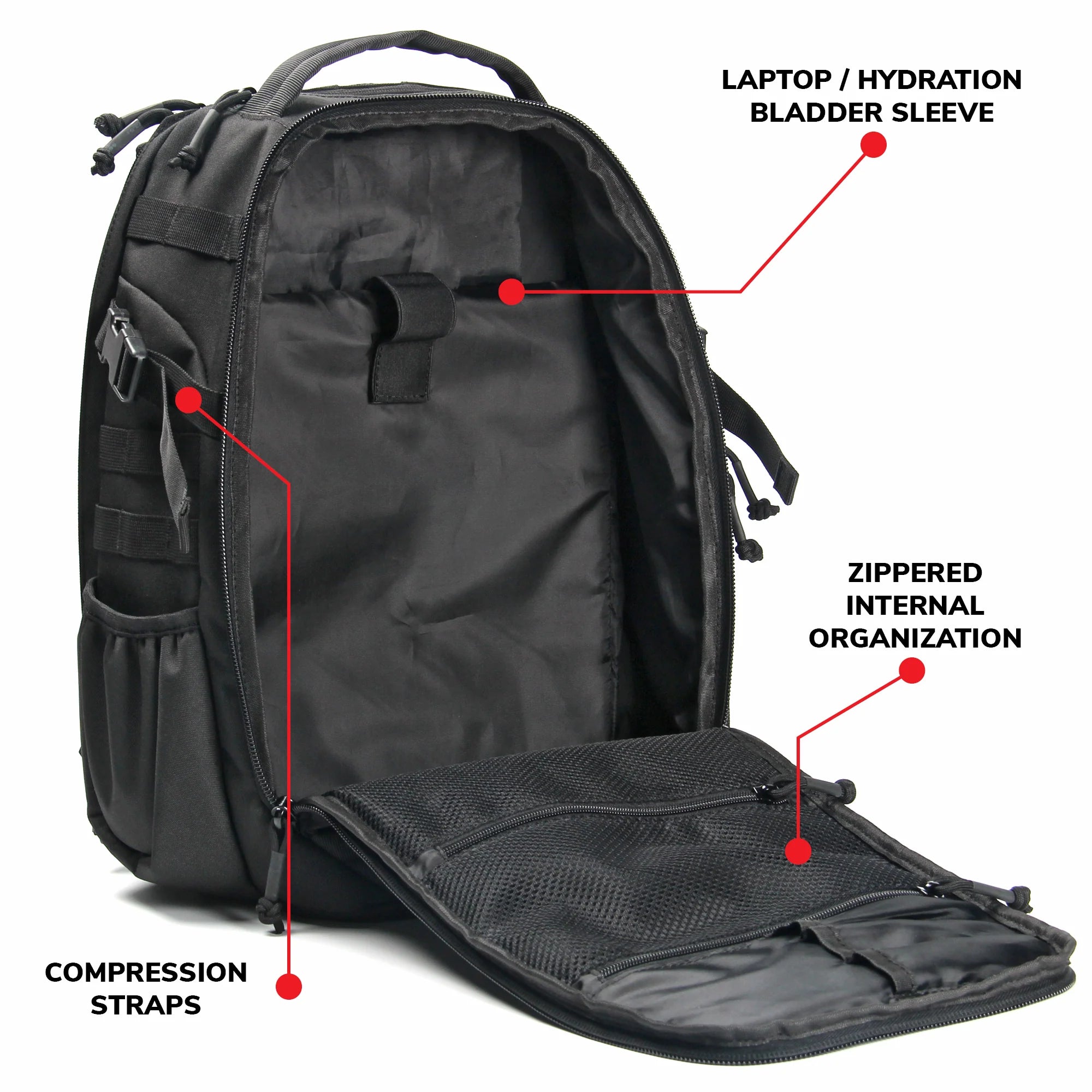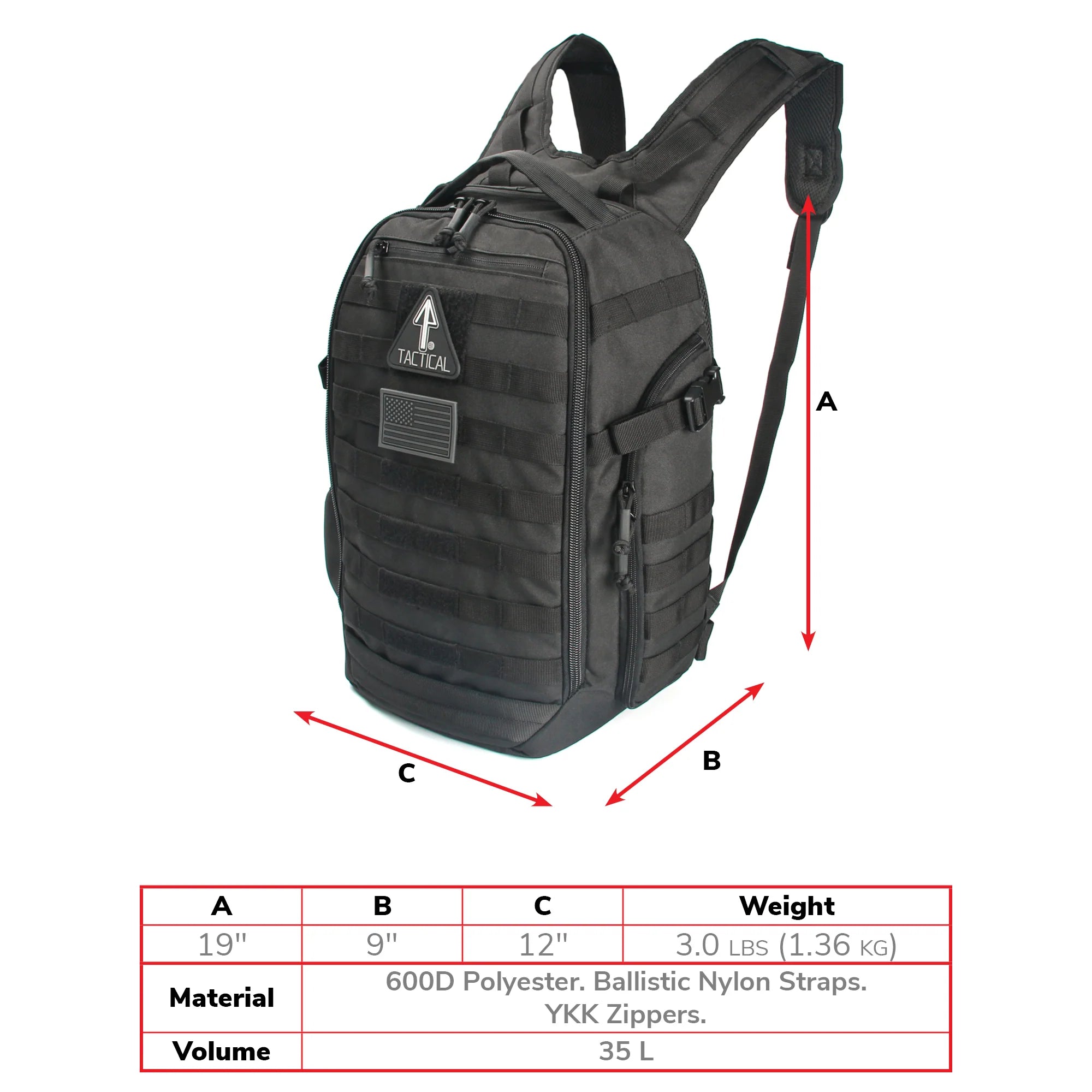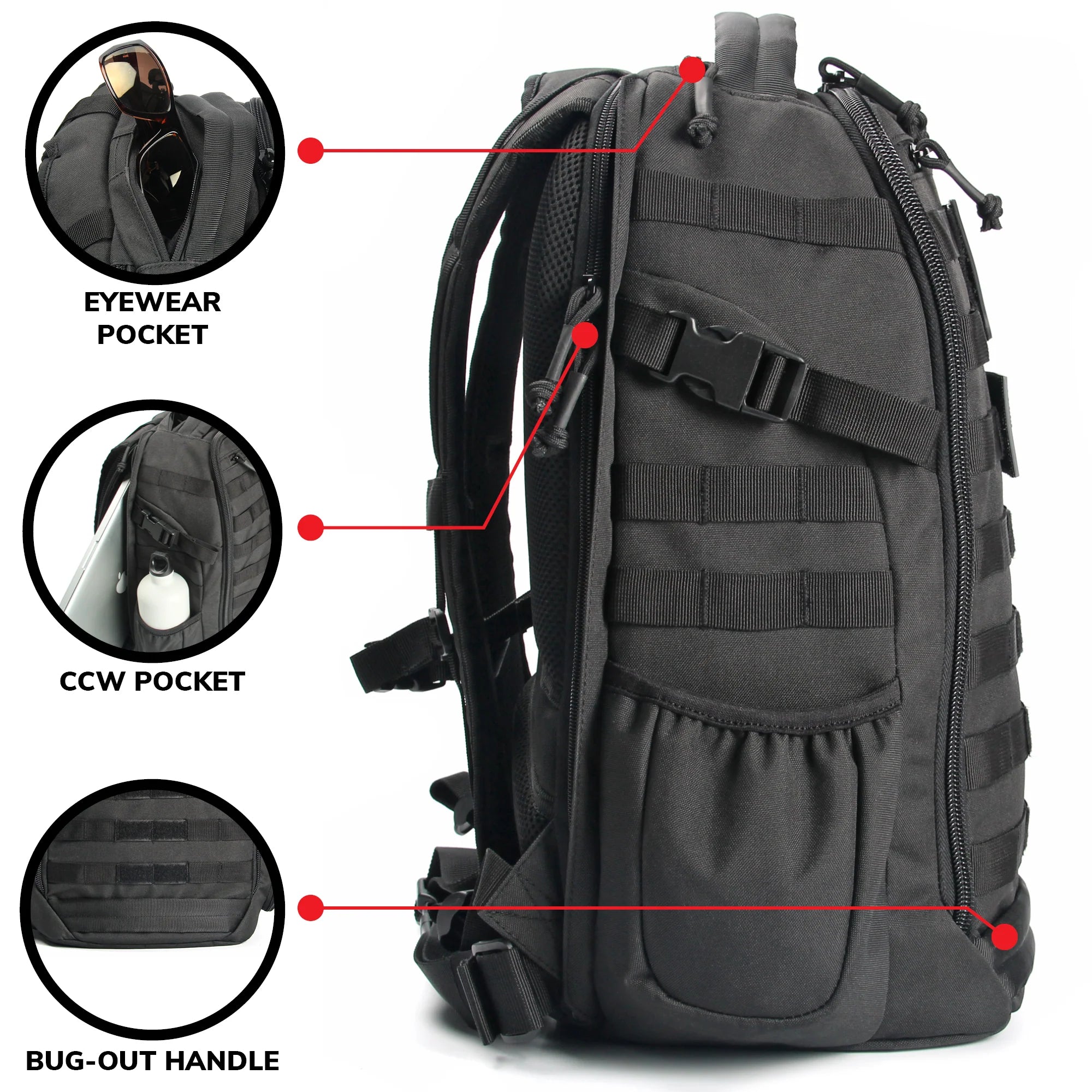
Teaching our kids to love and enjoy nature is a praiseworthy objective. That can mean teaching them hunting, fishing, foraging or any number of pastimes. But whatever approach you take, you’ll want them to experience actually being in the wilderness.
To be fair, that doesn’t mean you have to take them into the deep woods. You’ll want to start with an accessible National Park area or even a well-tended nature trail not far from town. Introduce them gradually to nature experiences. Survival training can come much later!
Though if your kid is open to tackling a 14er climb… that’s actually not out of the picture!
Time to make plans for summer. Tell your family what you have in mind, gear up with a tactical backpack and IFAK pouch, and slap on some fun morale patches!
What Is the Importance of Family-Friendly Hikes?
Hiking provides a great many benefits: family bonding, fitness, discipline and team spirit. It offers a good way to impart worldly lessons while providing both challenge and recreation. Plus everyone gets to breathe fresh air!
Kids are naturally curious and they enjoy exploring the world around them. Hiking offers a way for them to experience the outdoors while maintaining clear goals to achieve. You’re giving them something to strive for, something that can give them that sense of accomplishment. Yet the journey itself is what matters most—enjoying the outdoors and enriching one’s relationship with nature.
Hiking inspires a feeling of adventure. It can allow you to hang back and let the kids take the lead. Join them as they indulge their natural bent for exploration. Watch them pick up rocks, touch plants and observe nature, while being close enough to step in when needed. It’s an educational experience in more ways than one.
Helping Your Kid Acquire a Tactical Mindset
Kids don’t need to join the Boy Scouts to learn how to always be prepared. You can be a scoutmaster for them. Lead them down the path to gaining tactical survival skills.
Camping and hiking will let you give them preliminary training without making it feel forced or unnatural. Even the most feckless kid can be made to understand that one doesn’t simply rush heedlessly into wild places! Outdoors adventure rewards a calculated approach. Tell your kids that they’ll have a richer experience (and a lower risk of injury) if they hone their environmental awareness.
Besides, the process of tactical preparation is cool! You’re gearing up like a squad prepared to take on a mission! The kids will love equipping a tactical backpack with all the supplies they’ll need. Add some fun morale patches and the task of preparation actually gets enjoyable! Show them that learning tactical skills can be a blast!

What Should You Pack When Hiking with Kids?
Packing for a hike provides an opportunity to introduce your kids to the Ten Essentials of outdoors adventure. These are the items one must be equipped with to go camping and trekking. Again, this can be part of the kids’ tactical skills training.
In addition, you should compile a packing list of things that will make the experience more tolerable as well as enjoyable for your family. That means including things like snacks, extra food and water (you’ll carry this), extra items of clothing, a camera to capture special moments. And don’t forget the backpacks! See that every person is issued their own lightweight yet durable tactical backpack.
A first aid kit is highly important. Equip each kid with an individual first aid kit securely contained in an IFAK pouch. Get something like the 14er Tactical IFAK Pouch that can be quickly deployed and easily attached to the outside of one’s tactical backpack. The 14er Tactical Backpack, with its MOLLE system, supports the addition of an IFAK Pouch that can be speedily accessed and deployed.
How to Pace Your Hike When You’re with Kids?
You’ll want to maintain positive vibes on your family hiking trip. Sure, the kids are bound to complain at times. They’ll get tired and cranky. Don’t make it worse by being too critical or demanding.
Take it easy. Be focused on the present moment. Appreciate spending quality time with your family as you face an outdoor challenge together. The pace of your hike should reflect that approach, rather than striving too hard to meet your trekking objectives.
Expect to make frequent stops, and allow your kids a lot of snack breaks. That’s fuel for the trek! And snacking is great for motivation, too.

What Types of Activities to Do on the Trail?
A hiking trip can be a great learning experience. At times, you’ll want to slow down and spend time pointing out plants, animals and geographical features of interest. No need to give a lecture! Tell them one or two interesting facts. That may pique their interest and get them wanting to hear more.
You can even play games with your kids. Challenge them to spot a certain type of bird, flower or plant. Or toss out some trivia questions about the nature and wildlife in that area. See if they can come up with the right answers, then reward them with extra special snacks or whatever you can offer.
Engage in activities to keep your family motivated. Singing songs, telling stories or simply chatting while you walk. Hey, did you put any fun morale patches on your backpacks? The mere sight of a favorite patch can provide a morale boost. Anything to help your family going strong!

Can You Take Kids on a Hike of a 14er?
If your kids are reasonably fit, they can actually join you on a climb of a 13er or 14er. These majestic peaks provide an exciting challenge for a mountaineer—one that may be in reach of a family taking it on as a team.
We advise you to first read The 14er Tactical Guide to 14ers: The Ultimate Beginner’s Guide to Climbing a 14,000-Foot Peak. That will tell you what you need to know to get started.
Trail planning is a vital step to making a 14er adventure happen. By picking the right trail, you greatly increase your family’s chances of succeeding. Go for a 14er peak whose trail does not exceed 10 miles getting there and back. Look up the expected trail conditions and weather conditions on the date of your hike. Learn the trail map and keep one with you at all times.
Prepare your family for the intense rigors of 14er climbing. Explain that the air gets very thin as you approach the peak. There’s a risk of altitude sickness. Try to be realistic about this possibility without creating discouragement.
Be sure to emphasize the importance of enjoying the outdoor experience and sharing an activity with one’s family. Those are the things that matter, not the achievement of reaching the summit. Don’t pressure your kid to make it to the top. It’s perfectly acceptable to climb as far as they can, then turn around. Smart mountain climbers know when they need to try again another day. Foolish climbers overexert their bodies and land themselves in trouble.


